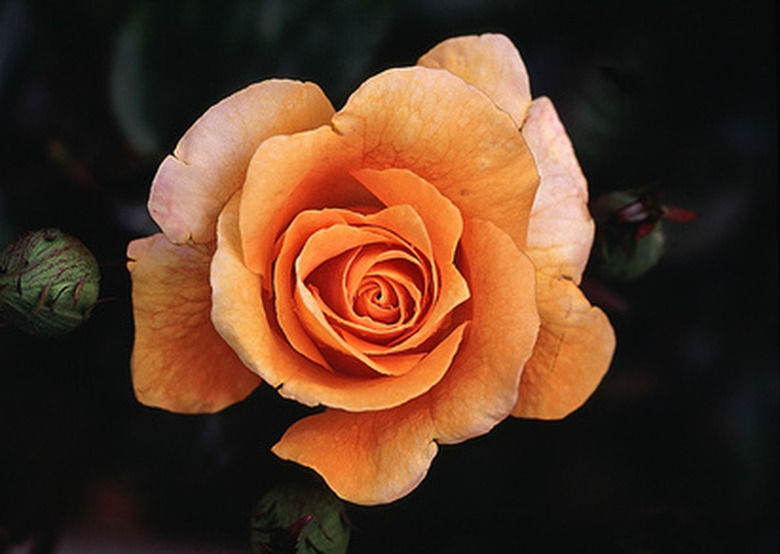Sunlight Vs. Artificial Light In Plant Growth
There are many different types of grow lights for plants. Technological advances in plant lighting make it possible to extend growing seasons, and even grow species in zones that won't support them naturally. The type of light you use depends on its purpose. Sunlight and artificial light both have their places in making plants grow. It may seem like sunlight is always the best method, but that isn't necessarily so.
Control
Artificial light gives you the control not possible in nature. Artificial light also lets you start the season when you want to and prepare plants for planting outdoors long before the temperature outside allows it.
- There are many different types of grow lights for plants.
- Technological advances in plant lighting make it possible to extend growing seasons, and even grow species in zones that won't support them naturally.
Colors
Careful selection of indoor light is important. Sunlight includes all of the colors of the spectrum, and plants react to specific tones in that spectrum. Some colors in the spectrum are not used at all, such as green, which is why plant foliage appears green to the human eye; it is reflected off the plant instead of absorbed. Plants require blue light to grow and produce the best foliage. They require red to develop flowers. Artificial lights come in either red or blue ray, and some provide both. It is up to you as the grower to make sure you have the right kind of light for your type of plant. Sunlight always provides the right type of light.
- Careful selection of indoor light is important.
- Plants require blue light to grow and produce the best foliage.
Height
Proper distance from the plants at various stages of growth is important in artificial lighting. In some cases it is necessary to use trial and error through careful observation to find the perfect height to hang the lighting. If the light is too far away, especially in the propagation stage, plants get "leggy." If the light is too close, especially when leaves emerge, it can burn plants. Even sunlight may burn plants that need partial shade if they do not have enough shade during the hottest times of the day.
Darkness
Plants require some downtime. Never leave your lights on continuously. Many growers attempt to replicate outdoor light patterns. That isn't entirely necessary, and artificial light allows growers in climates with short days to produce plants indoors that wouldn't get enough natural daylight outside. With artificial lights, you are in control of the levels and amounts of darkness your plant receives. With sunlight, nature is in total control, and it isn't always what your plant requires.
- Proper distance from the plants at various stages of growth is important in artificial lighting.
- With sunlight, nature is in total control, and it isn't always what your plant requires.
Types of Light
There are four major types of artificial lighting for plants. They are metal halide, florescent, incandescent and high-pressure sodium. The biggest differences between the types are length of lifespan, heat levels emitted and cost of bulbs and the fixtures they use. Sunlight is always free and always produces the right color of light for plant growth but is not always available or controllable.
